#bloody bluefield
Text
Interesting National Symbols From Around the World
National symbols play an important role in a country’s global identity. Not only do they represent the ideals, tastes, or history of a nation, but they also create a sense of community for the population. Around the world, different emblems like animals, foods, drinks, dances, flowers, and trees are chosen as national symbols in an attempt to define the country as a whole.
Sometimes these symbols are decided upon by the sovereign state as a way to create a cultural sense of unity. Other times, a country’s symbol is chosen by default, and while it may not bear official status, it represents the nation nonetheless. Either way, the result is a wide variety of national emblems that range from surprising to mystical.
Unicorn (Scotland)

Visit Scotland and it’s likely you’ll notice an abundance of unicorns displayed throughout the country. This is because the mythical creature is Scotland's national animal. You can find unicorns depicted on castles, fountains, cathedrals, coins, and even tombs. According to Scottish legend, the unicorn is both pure and powerful, and almost impossible to tame. King William I chose the unicorn for the royal coat of arms in the 12th century, as did King James VI of Scotland in 1603, and it has been a national symbol ever since.
Tikka Masala (England)

A plate of fish and chips likely comes to mind when you think of traditional English fare, but the country’s favorite dish has roots on another continent. Tikka masala, a flavorful curry that most often features chicken, is equally beloved across the country. Purported to be “a true British national dish,” tikka masala was introduced to the nation by British citizens of Indian descent. The dish is a popular take-out item and considered to be the ultimate British comfort food.
Gumboot (South Africa)

All you need to perform South Africa’s gumboot dance is a sense of rhythm and a pair of Wellington boots. The national dance began as a form of communication between Black miners during apartheid — all of whom wore tall rubber boots in flooded working conditions. Verbal communication between workers was restricted, which prompted the miners to “speak” to each other by slapping and stomping their boots. These movements eventually transformed into the gumboot dance, which now serves as a visual representation of the nation’s oppressive history as well as its work towards reconciliation.
Oak Tree (United States)
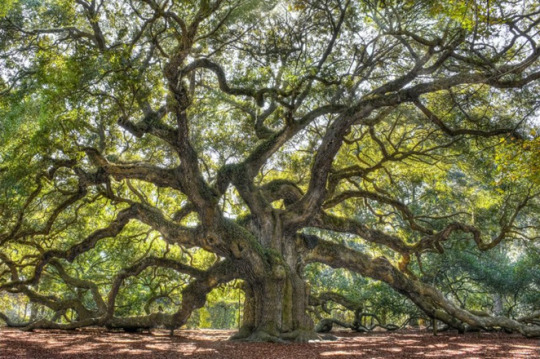
The majestic bald eagle is widely known as a symbol of the U.S., but there is another national emblem that is just as stately — the oak tree. The mighty oak was voted the national tree of the U.S. by the Arbor Day Foundation in 2004. Selected over 21 other North American species such as maple, redwood, and pine, the oak was chosen because of the strength it represents, as well as its ability to grow from a tiny acorn into a powerful tree.
Kumis (Mongolia)

Kumis, the national drink of Mongolia, is a fermented beverage enjoyed by many throughout the nation. Although the drink is traditionally brewed with the milk of a mare, kumis can also be made from cow’s milk. Known for its slightly acidic flavor, the dairy beverage becomes carbonated during the fermentation process. It also has a relatively low alcohol content, which can range from one to three percent, and is most often served chilled.
Quadrille (Jamaica)
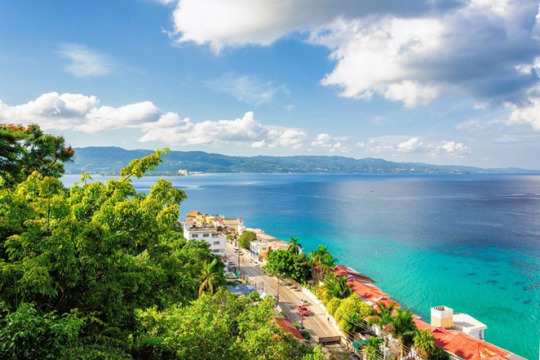
Originally a formal dance performed in court, the quadrille was first brought to Jamaica by Europeans. Over time, enslaved people adopted the quadrille for themselves, morphing the traditional dance into three new varieties: the contra, the ballroom, and the camp style. Of all three, the camp style is the most lively interpretation. This Afro-Jamaican version of the formal quadrille still employs partner dancing, but requires more rhythmic hip swings and footwork.
Dodo Bird (Mauritius)

The dodo bird has been extinct for centuries, but that doesn’t mean it can’t be celebrated. Native to the island nation of Mauritius, this large bird vanished from Earth in the 17th century. Since it couldn’t fly and had little fear of humans, the pigeon-like creature was easily caught by Dutch sailors for dinner — a repeated event that eventually led to its demise. As the national symbol of Mauritius, the dodo bird is still celebrated in spirit, and its image is found in shops throughout the country.
Palm Wine (Malaysia)

Palm wine, also called toddy, has long been a traditional drink of Malaysia, with roots dating back to 1886. Named for the tree from which it is procured, palm wine is extracted from the unopened flower of a budding palm fruit. After it’s tapped, the liquid sits for 48 hours so that it naturally ferments and becomes alcoholic. It can be consumed chilled or at room temperature and is often mixed with stout beer, fresh chilies, or onions.
Guinea Pig (Peru)

Although the cute, furry creature is beloved as a pet elsewhere around the world, the guinea pig is actually considered to be a delicacy in Peru called cuy — and is most often found on a dinner plate. Served since Incan times, roasted guinea pig is a popular dish enjoyed throughout this South American country.
Caesar Cocktail (Canada)
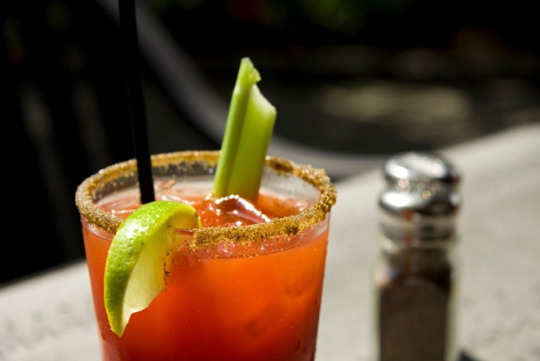
You won’t find a Bloody Mary on a menu in Canada. Instead, you’ll find a very similar substitute — the Caesar. Similar to a Bloody Mary, a Caesar cocktail contains vodka, tomato juice, hot sauce, and Worcestershire sauce. However, the addition of clamato juice, which is made from clams, is the secret ingredient that transforms it into the national drink of Canada. The drink is beloved by many and said to be a hangover cure. Canada even celebrates National Caesar Day annually in May.
Century Egg (China)
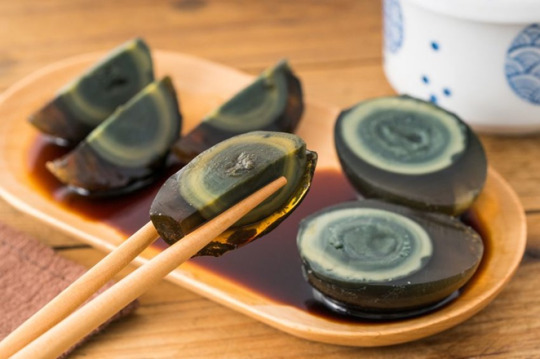
Although the process doesn’t take 100 years as the name implies, making century eggs is certainly time consuming. This Chinese egg dish has been around for centuries, ever since a farmer found a naturally preserved duck egg in the mud and decided to try it as a snack. Today, century eggs are soaked in a solution of clay, salt, and ash for weeks. The result is the national dish, a blackened egg with a jelly yolk that is eaten by itself or with the addition of pickled ginger.
Palo de Mayo (Nicaragua)
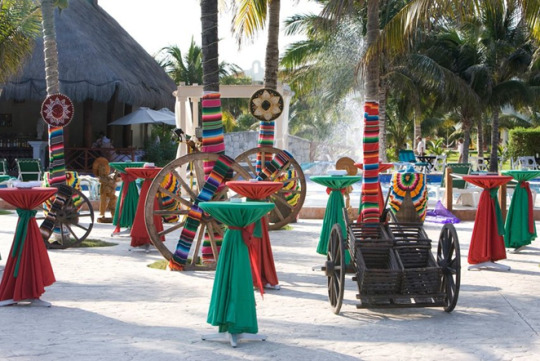
Palo de Mayo is a vibrant, colorful tribute to the African goddess of fertility. The Afro-Caribbean dance is most often performed at the Palo de Mayo Festival, a four-week event that takes place in Bluefields, Nicaragua, throughout May. The high-tempo dance is often performed in brightly colored costumes to celebrate the vibrancy of the Caribbean culture, while also welcoming spring and the possibility of new life
Spiral Aloe (Lesotho)

A tiny country located within the borders of South Africa, Lesotho is home to the Maluti Mountains, the only place in the world where spiral aloe grows. This rare plant thrives in thin, rocky soil and blooms pink and red flowers during spring and summer. Named for its mesmerizing spiral shape, this variety of aloe is endangered and therefore illegal to harvest, but beautiful to behold.
Gallic Rooster (France)
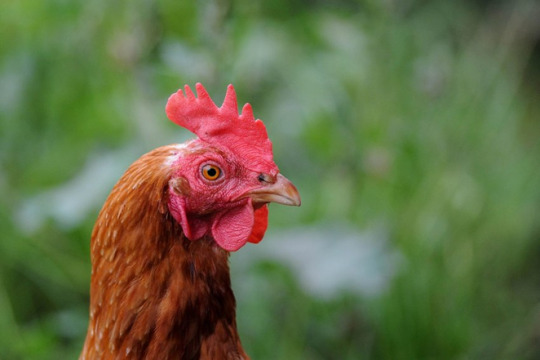
National symbols play an important role in a country’s global identity. Not only do they represent the ideals, tastes, or history of a nation, but they also create a sense of community for the population. Around the world, different emblems like animals, foods, drinks, dances, flowers, and trees are chosen as national symbols in an attempt to define the country as a whole.
Sometimes these symbols are decided upon by the sovereign state as a way to create a cultural sense of unity. Other times, a country’s symbol is chosen by default, and while it may not bear official status, it represents the nation nonetheless. Either way, the result is a wide variety of national emblems that range from surprising to mystical.
1 note
·
View note